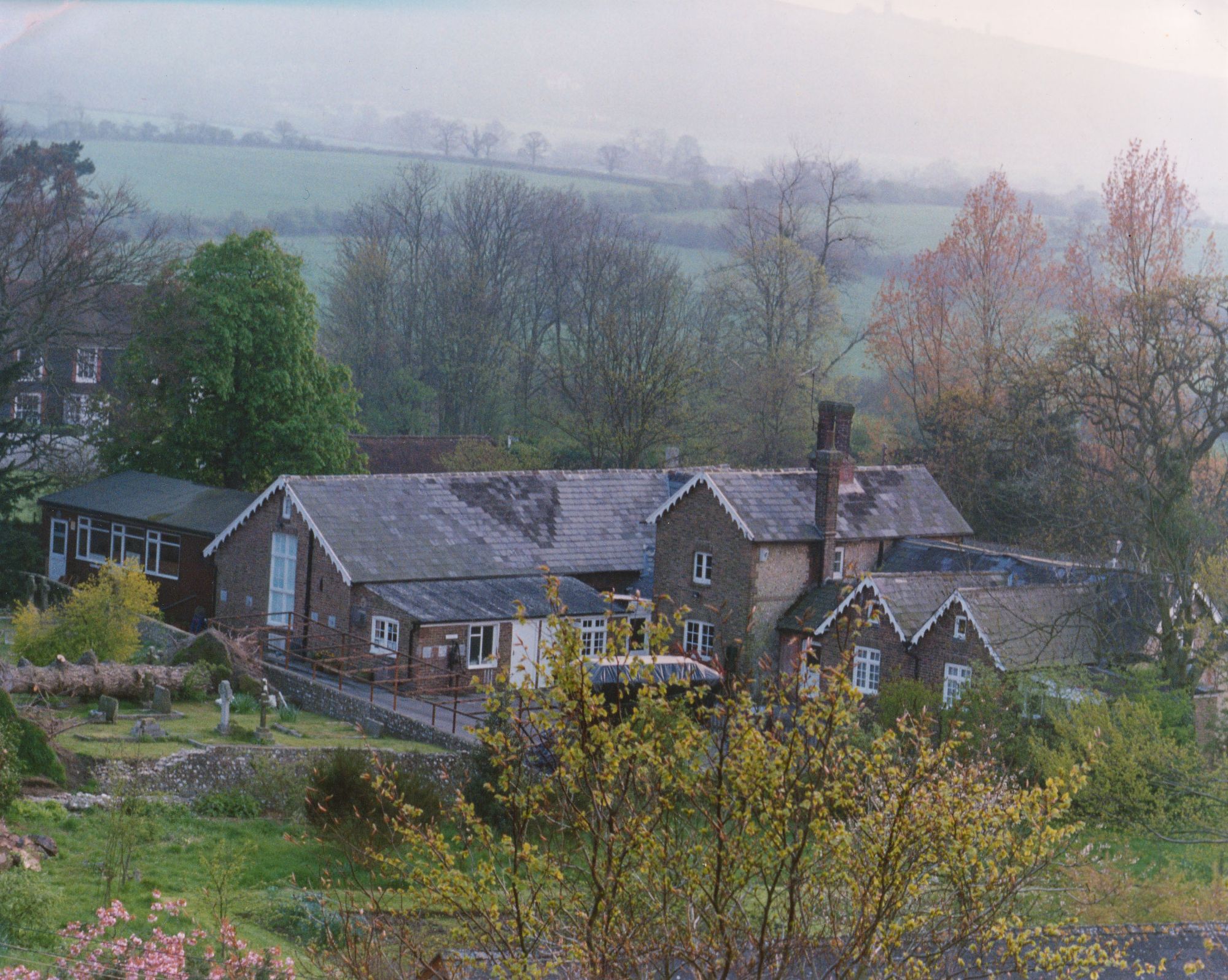THEN AND NOW ... schools
As Ditchling’s primary children return to the school in Lewes Road this September, how many of them or their parents have ever wondered about earlier schools in the village?
An article by Tom Dufty first published in the Ditchling Parish Council Magazine, November 2019

THEN ...
Click on this text to start editing, and enter your own text with some basic formatting. To create a link to another page or website within this section, select the text you want to make into a link and click on the Link icon on the formatting toolbar. Click anywhere outside the text box when you're done to continue working on the rest of your page.
The first village school open to poorer families was founded in 1814-16 by the Chatfeild family for the Baptist church in a building on the corner of East End Lane and The Twitten partly funded by the Attree family. ‘Friends of the Education of the Poor’ was founded and its members subscribed one guinea a year to nominate a child to attend. Preference was given to pupils who could afford to pay one old penny a week but if numbers allowed those not able could attend. Pupils had to commit to attending a place of worship on Sundays or face expulsion. It was known as ‘The Old Meeting House School’.
In 1836 this school was replaced by another 'free' school - a National School - following the teachings of the Church of England. It too was founded by public subscription and opened on glebe land donated by Thomas Attree at the end of Church Lane, next to what was then Ditchling Court Farm’s farmyard (now the Green). It comprised initially two classrooms - one for girls and another for boys - and the schoolmaster’s cottage (the section with the tall chimneys shown in the photo above). The first head, George Verrall, had a salary of fifteen shillings a week and thirteen children of his own to support. The village raised £60 for him and his family to emigrate to America in 1864. His successor, Sampson Court, stayed in office for thirty-eight years. In 1887, the year of Queen Victoria’s Diamond Jubilee, the school was extended.
In 1914 the Inspectors reported that “The headmaster has been grievously over tasked. He has had to teach seventy children in four different grades”. In 1915 there were 128 pupils on the roll with an average daily attendance of 110.
NOW ...
Click on this text to start editing, and enter your own text with some basic formatting. To create a link to another page or website within this section, select the text you want to make into a link and click on the Link icon on the formatting toolbar. Click anywhere outside the text box when you're done to continue working on the rest of your page.
The original Baptist school building, now known as School Cottages, comprises three private dwellings No. 30 & 32 East End Lane and the cottage at right angles to the lane.
The National School closed in 1983 and was replaced by the school in Lewes Road but not before a Victorian-themed party, attended by parents and villagers, was held to celebrate its past. Its last headteacher was Jean Morley. Thanks to the generosity of the Bourne sisters the National School building was saved from demolition and turned into a museum. After development in the new millennium it is now the Ditchling Museum of Art + Craft, but the original Victorian school building remains at its core.